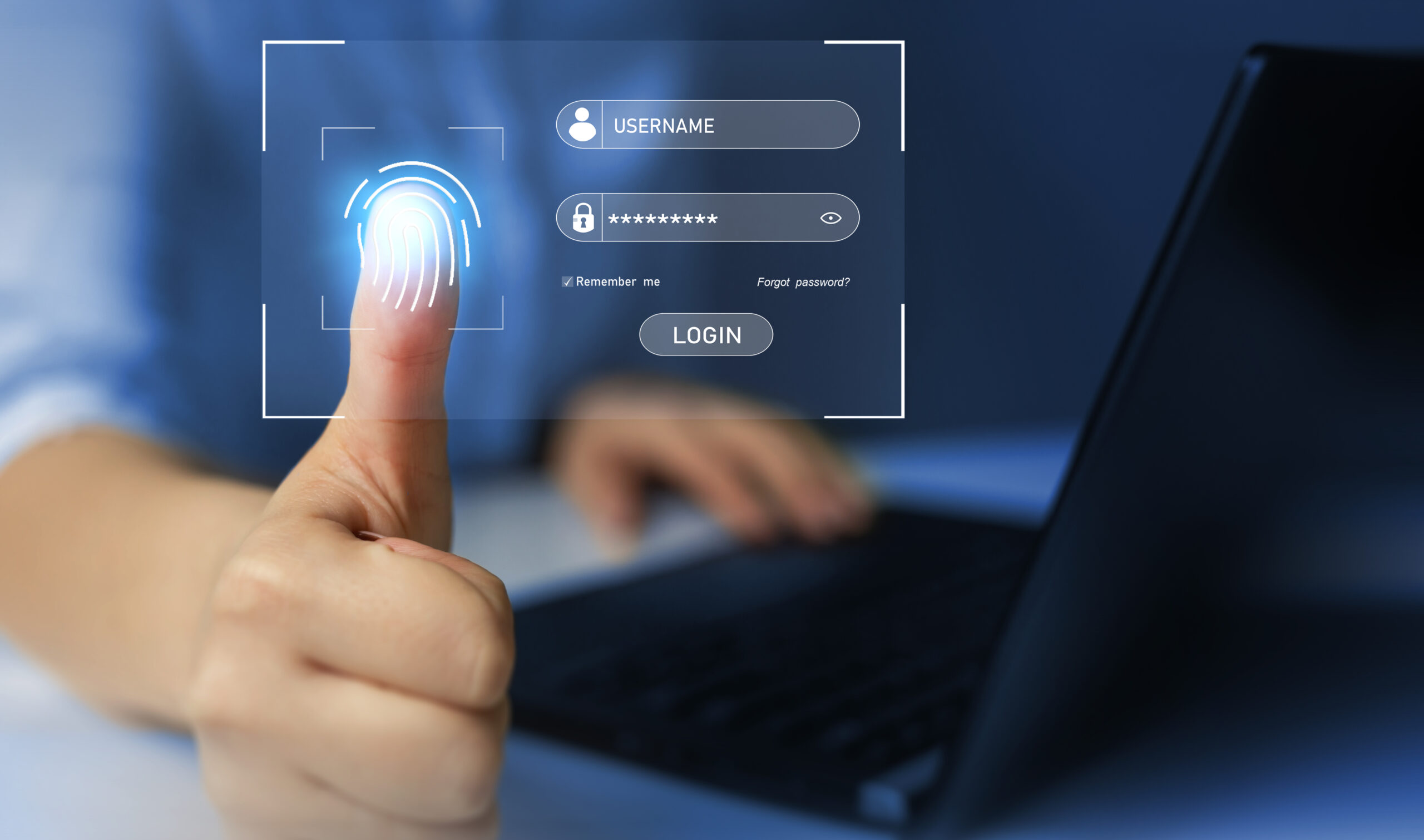
Even strong security programs can’t make risk disappear—but they can make incidents survivable. The 2022 LastPass breach is still a great teaching moment because it produced two dramatically different outcomes for users depending on basic habits.
Context: What happened at LastPass (short timeline)
Aug 2022 – LastPass detected a breach of parts of its development environment.
Nov 2022 – The company reported suspicious activity in a third‑party cloud storage service shared with an affiliate.
Dec 2022 – LastPass disclosed that attackers copied a backup of customer “vault” data and some related unencrypted metadata (like website URLs). Vault contents remained encrypted; decryption would require a user’s master password.
Why this still matters: attackers could attempt offline cracking against weak master passwords and use exposed URLs/metadata for targeted phishing.
Two user outcomes
1) Danger, amplified
Users who reused passwords, picked weak master passwords, or skipped multi‑factor authentication (MFA) suddenly faced a much higher chance of account takeover. With vault metadata in hand and a list of likely targets, attackers could combine credential stuffing, phishing, and MFA fatigue to break in elsewhere.
2) Danger, averted
Users who used unique, strong passwords and enabled phishing‑resistant MFA on important accounts were largely insulated. Even if attackers knew which sites they used, unique passwords plus resistant MFA (like security keys or passkeys) meant the data was useless in practice.
What you should do today
1) Prefer phishing‑resistant MFA (and treat SMS as a fallback)
- Use security keys or passkeys wherever supported (Google, Microsoft, Apple, GitHub, major SaaS/IdPs). These stop phishing and MFA‑prompt replay by design.
- If you must use push/OTP, require number‑matching (or equivalent) and train users to decline unexpected prompts.
- Disable SMS for admins and high‑risk users except as last‑resort recovery.
2) Keep using a password manager—configure it safely
- Choose a provider with client‑side encryption/zero‑knowledge architecture.
- Create a long, unique master passphrase that isn’t used anywhere else.
- Turn on MFA for the password manager itself.
- Use built‑in password health tools to eliminate reuse and weak credentials.
3) Rotate and harden your highest‑value accounts
- Prioritize email, financial systems, payroll, SSO/IdP, and admin consoles.
- Change passwords that were weak/reused and enable MFA on every critical account.
- Review app‑specific passwords and long‑lived API tokens; revoke/rotate as needed.
4) Adopt passkeys where it’s easy
- Start with identities that already support them (e.g., major cloud/email providers, developer platforms).
- Roll out two platform‑synced passkeys per user plus one hardware key for recovery where your risk profile warrants it.
5) Train against modern phishing & MFA fatigue
- Teach users to expect context in prompts (what app, from which device, where).
- Make it normal to deny unexpected prompts and report them.
6) Write down recovery before you need it
- Document backup codes, recovery keys, and a process for lost devices/keys.
- Keep a second factor stored separately from the primary device.
Quick guide for MSPs & IT leaders
- Baseline: company‑wide password manager, unique passwords, MFA on everything; phishing‑resistant methods for admins and email/IdP first.
- Controls: block SMS for privileges, enforce number‑matching, set session timeouts, monitor for unusual MFA prompts.
- Rollout plan: pilot passkeys with IT/execs → extend to finance/HR → wider workforce.
- Evidence pack (for cyber insurance & audits): screenshots/policies for MFA enforcement, admin groups using security keys/passkeys, password‑manager policy, recovery procedure.
FAQ
Should I abandon password managers? No. They remain the best way to maintain unique, strong passwords at scale. Pair them with resistant MFA and start adopting passkeys where supported.
Are passkeys “all or nothing”? No. You can phase them in alongside passwords/OTP and migrate logins over time. Start with your identity provider and email.
What about SMS codes? They’re better than nothing but susceptible to phishing and SIM‑swap. Keep them only for low‑risk accounts or break‑glass recovery.
Bottom line
The LastPass incident didn’t create risk so much as it revealed it. Users who had strong, unique passwords and phishing‑resistant MFA walked away mostly unscathed. Make that your default posture—and you’ll be ready for the next headline.
Sources used for the refresh (key points):
- LastPass disclosures on the 2022 incidents and vault-backup/metadata copying. The LastPass BlogTechCrunch
- Background reporting that vault backups and account metadata were copied. The Register
- CISA’s guidance urging phishing-resistant MFA (security keys/passkeys) and risks with phishable MFA. CISA
- NIST 800-63B (rev. 4) requiring agencies to offer a phishing-resistant option at AAL2—useful as a best-practice bar for enterprises. NIST Publications
- FIDO Alliance overview on passkeys (FIDO2/WebAuthn) for passwordless, phishing-resistant login. FIDO Alliance